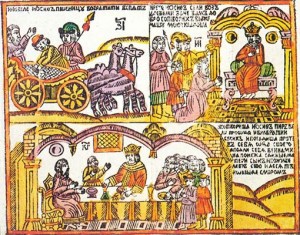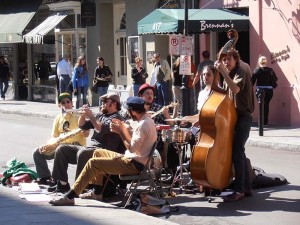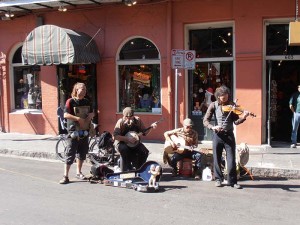The Association for the Study of Eastern Christian History and Culture (ASEC) held its fifth biennial conference at Georgetown University, Washington, DC, on March 8–9, 2013.
Eve Levin (University of Kansas), chair of the panel “Orthodoxy Amidst the ‘Other,'” included in her introduction to Matthew Lee Miller’s presentation that his book, The American YMCA and Russian Culture: The Preservation and Expansion of Orthodox Christianity, 1900-1940, had just been released by Lexington Books.
Roland Clark (Eastern Connecticut University), who presented at ASEC on “Prophecy, Miracles, and Pilgrimage in Interwar Romania,” has just had a book review published in the latest issue of Balkanistica 26 (2013): 265-267, which is published for The South East European Studies Association. He reviews Antonio Momoc’s Capcanele politice ale sociologiei interbelice: Şcoala Gustiană între carlism şi legionarism ‘The Political Snares of Interwar Sociology The Gusti School Between Carlism and Legionarism.’
In the same issue of Balkanistica, Lucien J. Frary (Rider University) has a review article in which he critiques three recent titles related to “Health, Society and the Family in the 20th Century Balkans” (241-254).
The latest issue of Russian History has been released – and it contains selected papers from the ASEC’s second conference, “Centers and Peripheries: Interaction and Exchange in the Social, Cultural, Historical, and Regional Situations of Eastern Christianity,” which was held at The Ohio State University in Columbus, Ohio, October 5–6, 2007.
Guest editors J. Eugene Clay and Barbara J. Skinner also presented at the 2013 ASEC conference.
Russian History 40.1 (2013): Centers and Peripheries in Eastern Christianity–Part 1.
Guest editors: J. Eugene Clay, Russell E. Martin, Barbara J. Skinner
Section 1. Text and Interpretation
Alice Whealey, “Muslim Motives for Conquering the Byzantine Empire 634-720: The Evidence from Eastern Christian Sources”
Enrique Santos Marinas, “Reassessment, Unification, and Enlargement of the Sources of Slavic Pre-Christian Religion”
Donald Ostrowski, “Dressing a Wolf in Sheep’s Clothing: Toward Understanding the Composition of the Life of
Alexander Nevskii”
Martha M. F. Kelly, “Cultural Transformation as Transdisfiguration in Pasternak’s Doctor Zhivago”
Section 2. Mission: Expanding the Periphery
Jesse D. Murray, “Together and Apart: The Russian Orthodox Church, the Russian Empire, and Orthodox Missionaries in Alaska, 1794-1917”
Mara Kozelsky, “A Borderland Mission: The Russian Orthodox Church in the Black Sea Region”
Lucien J. Frary, “Russian Missions to the Orthodox East: Antonin Kapustin (1817-1894) and his World”
Source of the Russian History 40.1 table of contents: Lawrence Langer (University of Connecticut) via the Early Slavic Studies listserv.











